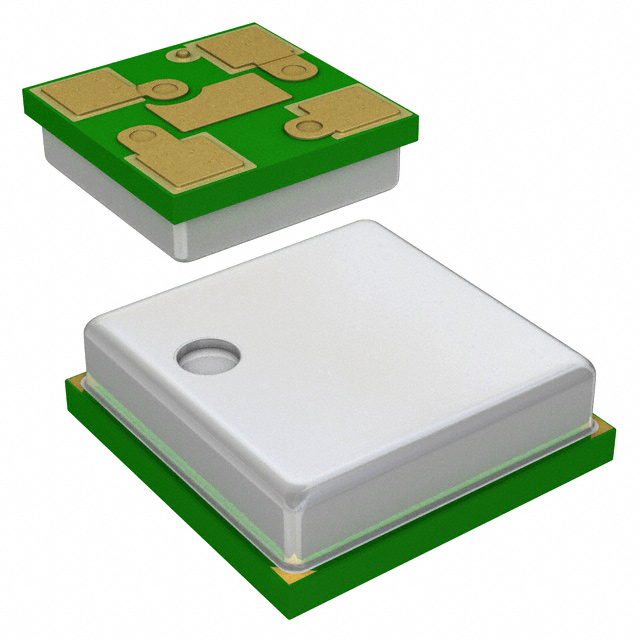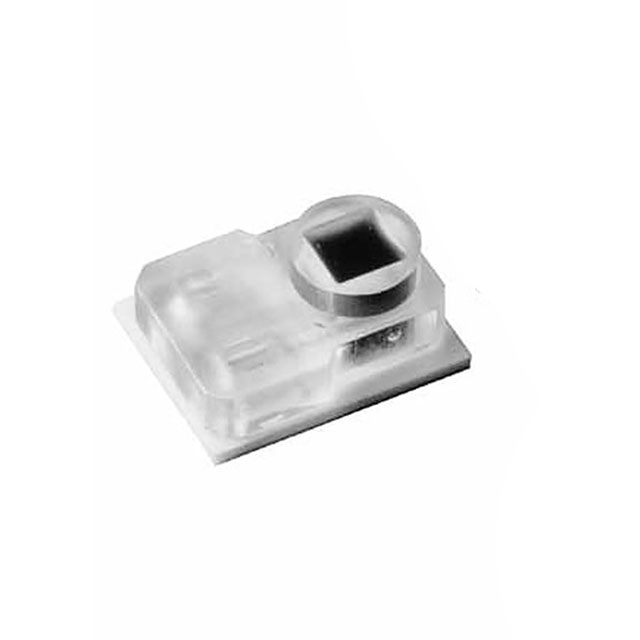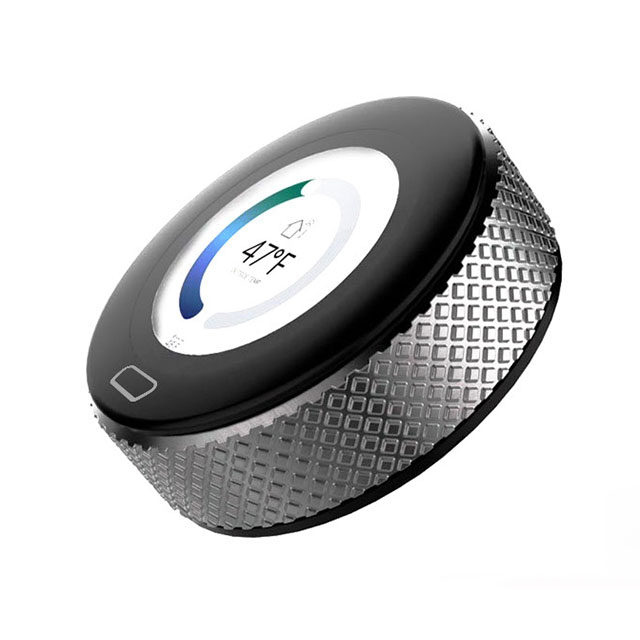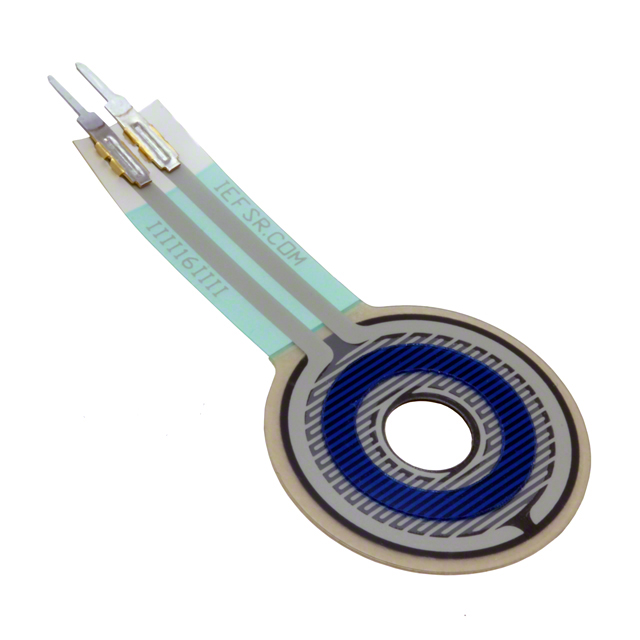

Proximity Sensors:Applications and Types
Catalog
Overview of Proximity SensorsThe Different Types and Working Principles of Proximity SensorApplications of Proximity SensorsDifference between Proximity Sensors and Motion SensorsWrapping UpOverview of Proximity Sensors
Proximity sensor represents a non-contact device specifically engineered to confirm the presence or absence of adjacent objects without any physical interaction. Proximity sensors are used in many fields. For example, they are applied in the aerospace field to monitor the flight speed of aircraft. Actually there are various types of proximity sensors, and their working principles are different, as this article will explain in detail.

Proximity Sensors
The Different Types and Working Principles of Proximity Sensor
In essence, proximity sensors operate by converting information regarding the presence or movement of an object into an electrical signal. Specifically, they generate an active signal upon the object within their detection range. There are three main types of proximity sensors and each has specific characteristics and working principles. You can read more about each type in the sections below:
Capacitive Proximity Sensors
Capacitive proximity sensors feature a pair of parallel plates, similar to a standard capacitor. They work when an object produces changes in capacitance, triggering the sensor. Capacitive sensors are designed to use with non-ferrous materials and for close-range applications. They may be influenced by the environment and possible interaction with other sensors, it needs to be pay attention to avoid interference from other objects.

Capacitive Proximity Sensors
As indicated in the figure, the capacitive sensor consists of AC circuitry used to charge the capacitor. If the active sensing surface of a capacitive sensor is composed of two concentric metal electrodes, the incoming target will cause the capacitance of the oscillating circuit to change. The sensing circuit receives this change and triggers the output change when a threshold is reached. If the active sensing surface of a capacitive sensor consists of only one metal electrode of a capacitor, then the incoming target will act as another plate. Now, the presence of another board enables the sensor capacitor board to absorb or remove alternating current, resulting in a change in the value of the current received by the sensing circuit. When the AC change threshold of the AC circuit is reached, the output circuit displays the output change. The adjustment of the sensor capacitor plate can be used to regulate the operating distance, which helps in the detection of full and empty containers.
Inductive Proximity Sensors
Inductive proximity sensors are characterized by wound iron cores. When an object enters the sensing area, it alters the inductance of the coil to trigger the sensor's activation. These devices are primarily utilized with ferrous materials, typically at short distances, and certain models are suitable for hazardous environments. Like capacitive proximity sensors, inductive sensors may be influenced by interactions with other sensors and the surrounding environment, so it requires careful installation to guarantee the effectiveness of sensor.

Inductive Proximity Sensors
An inductive proximity sensor mainly consists of a coil, an electronic oscillator, a detection circuit, an output circuit, and an energy source to provide electrical stimulation. It works on the principle of inductance and generation of eddy currents. The oscillator receives electrical current from a direct current supply, and then produces a fluctuating alternating current (AC). As AC flows through the induction coil, it creates a varying electromagnetic field. When a metallic object enters the detection range of the inductive proximity sensor, eddy currents form in the metallic object. These eddy currents interact with the source of the magnetic field, resulting in a reduction of the sensor's own oscillation field. Once the oscillation amplitude drops below a specific threshold, the sensor's detection circuit activates an output from its circuitry.
Magnetic Proximity Sensors
Magnetic sensors are designed to detect the presence or absence of an object by utilizing an external magnetic field. They are specifically engineered to function with ferromagnetic objects. These sensors are typically high-speed devices, making them ideal for applications such as measuring rapid rotational speeds.

Magnetic Proximity Sensors
A magnetic proximity sensor consists of a reed switch, which serves as an electrical switch operated by an external magnetic field. It contains a pair of flexible, magnetizable metal reeds. When the switch is in its open state, as illustrated in the diagram, a small gap separates the end portions of the reeds. Once the magnetic field is removed, the reeds' stiffness ensures that they return to their open position, thereby disconnecting the circuit. Conversely, the presence of a magnetic field causes the reeds to close the gap and complete the electrical circuit, activating the sensor.
Applications of Proximity Sensors
Proximity sensors find application across diverse industries to enhance safety standards, boost efficiency levels, and minimize operational downtime.
1. Automotive Industry
Proximity sensors are used in parking sensors, collision avoidance systems, and automatic braking systems. For example, they are used on vehicle bumpers that detect the proximity of nearby cars for easier parking.
2. Manufacturing Industry
Proximity sensors are used for vibration measurements of rotating shafts in machinery, monitoring machine performance, detecting safety hazards and so on.
3. Aerospace Industries
Proximity sensors are used in ground proximity warning system for aviation safety.
4. Construction Industries
Proximity sensors are used to detect the presence of obstacles and overseeing the structural integrity.
5. Mobile Devices
Proximity sensor positioned on the front of an iPhone beside the earpiece, automatically turns off the touchscreen when it detects an object within a specified distance while using the handset.
Difference between Proximity Sensors and Motion Sensors
Proximity sensors are electronic devices that can sense the proximity of an object and generate a corresponding output signal to realize non-contact detection and control by detecting the distance or position change between the target object and the sensor. While motion sensors watch for movement in a certain area. They keep an eye on the environment for changes in how objects move or are placed, and can be set off by changes in temperature, sound, or when an object is there.
Wrapping Up
Proximity sensors play a vital role in modern industrial automation. Currently known manufacturers of proximity sensors include Panasonic, Texas Instruments, Comus International and so on, which can be accessed at JMChip. With the continuous progress and innovation of technology, it is believed that proximity sensors will play a greater role in more fields in the future.
Subscribe to JMBom Electronics !













